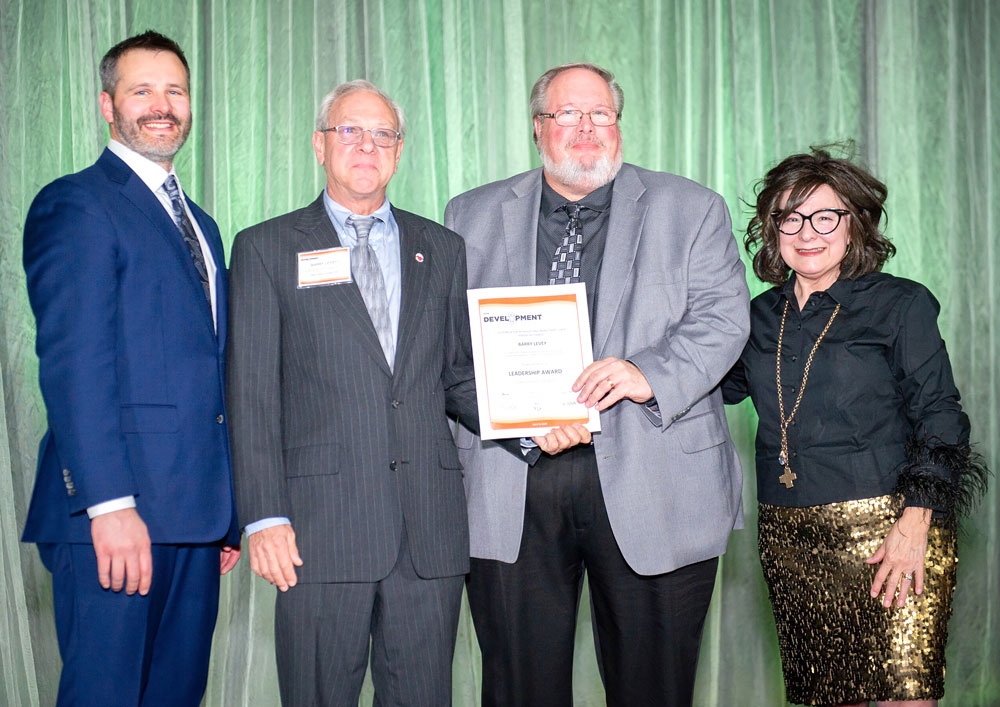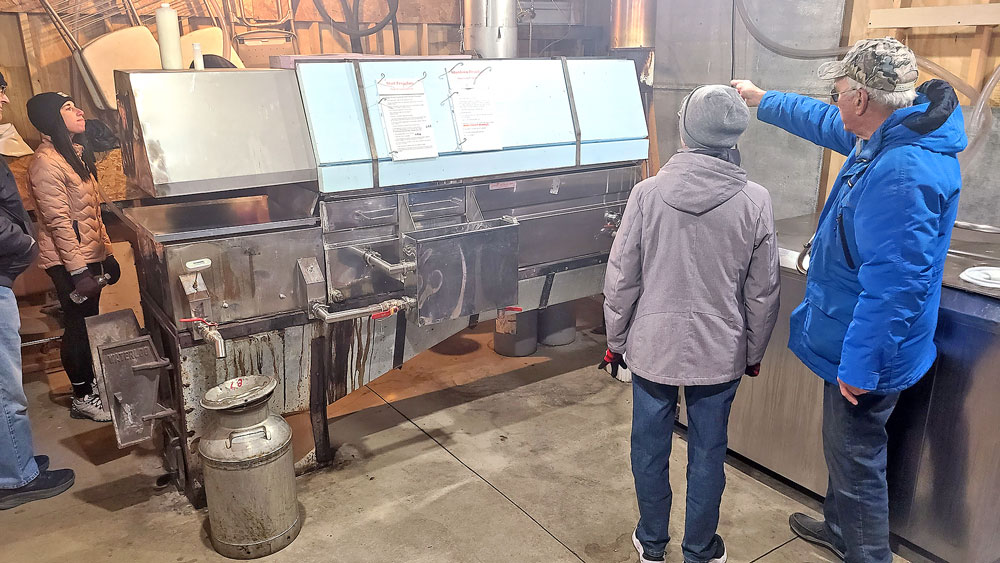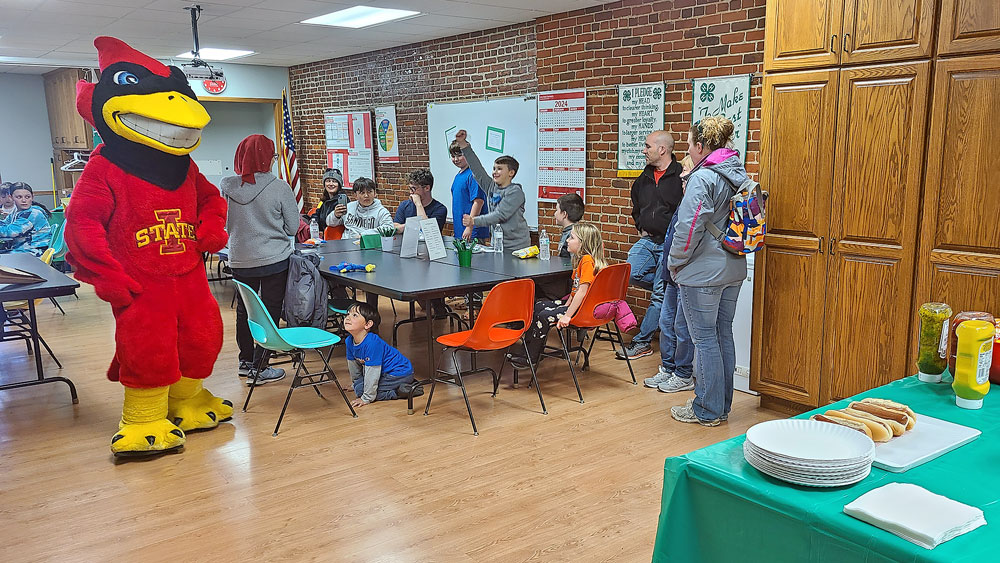Bioreactors are a low-tech tool for water conservation

By Travis Fischer, tkfischer@charlescitypress.com
A new technology to reduce nitrate in agriculture runoff has surprisingly simple mechanics.
Area farmers in Floyd County are eager to see the results of their recently installed bioreactors, a new tool in the ongoing effort to reduce nitrate levels in Iowa’s waters.
While a “denitrification bioreactor” sounds like something out of science fiction, the reality is much simpler. For all practical purposes, it is a hole in the ground filled with woodchips.
“Essentially it’s just a big filter on the tile line,” said Ben Swartzrock, a local farmer who had a bioreactor installed alongside his field last fall.

Roughly 12 feet wide and 50 feet long, the bioreactor sits between Swartzrock’s field and Wildwood Creek, intercepting water from the tile line and directing it into a buried trench filled with wood chips that serve as a natural water filter, removing nitrate from the water before it drains into the creek.
The process of removing the nitrate itself is only marginally more complicated. The actual job of filtering out the nitrate belongs to anaerobic bacteria that live on the wood chips, feeding off their carbon. As water passes through the bioreactor, the bacteria denitrifies it as they breathe, converting the nitrate into nitrogen gas that evaporates through the top of the soil.
“It has everything it needs to live on in there,” said Doug Johnson, watershed coordinator for the Floyd County Soil and Water Conservation District.
Johnson has been working with area farmers to find suitable places for bioreactors to be installed in Floyd County. Swartzrock’s reactor is just one of five new bioreactors that were put in last fall and Johnson hopes a couple more will start soon.
The Charles City Watershed Project has set a goal of 15 bioreactors in the county by 2024 and is working to make the instillation process as easy as possible for area farmers.
“We’re hoping ot have 20 of these by 2030,” said Johnson.
Costing between $10,000 and $15,000, the expense of installing a bioreactor can be reimbursed through funding from various resources. Funds collected from the USDA, the Iowa Department of Ag and Land Stewardship, and the city of Charles City are combined and have generally been able to reimburse 100% of the costs, Johnson said.
“I just said ‘Yes’ and Doug did the rest,” said Ron Stewart, who had two bioreactors installed last fall. “It’s another step in the process of looking after the environment and helping the people.”
After the expense of digging a trench, filling it with wood chips, and installing the bypass equipment along the drainage tile, bioreactors are relatively low maintenance projects that can potentially make dramatic differences in the amount of nitrate in agriculture runoff.
The relatively new technology has an estimated lifespan of between 10 and 20 years before the buried wood chips would need to be replaced, though few agriculture bioreactors have been in use for long enough to confirm that.
While bioreactors and similar denitrifying practices like wetlands and saturated buffers are good tools for preventing nitrate from running off into Iowa’s waters, they aren’t a silver bullet for the nitrate problem, Johnson said. Bioreactors only filter out the tile water that passes through them and won’t impact runoff from topsoil erosion.
No single strategy will protect Iowa’s public waters from agricultural runoff, but bioreactors are another tool in the toolbox for farmers to be better stewards of the environment.
This week is Soil and Water Conservation Week in Iowa.









Social Share